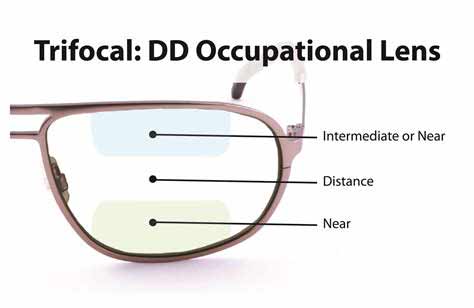This only applies to a very small segment of the population, but there is a risk with LASIK that is not well publicized.
At high altitudes, the LASIK seams can fracture. This first came to my attention in the 1980s when a failed ascent up Mount Everest lead to several deaths. One of the climbers had LASIK and went from 20/20 to effectively blind at 26,000 feet.
This would seem like a one in a million fluke, but the risk is was far greater. (I just googled the requirements for vision for commercial pilots. It has been changed from “un-corrected 20/20” to “either corrected or I corrected.). The FAA almost has it right.
If a pilot with LASIK correction is flying at above 20,000 feet and there is a loss of cabin pressure, that pilot will become effectively blind.
The FAA’s change in rules made the LASIK surgery unnecessary for a pilot to keep his job. What they should have added that LASIK surgery should be a disqualification.
I wonder what the odds of both the pilot and copilot having LASIK surgery and there is a loss of cabin pressure at cruising elevation.
A long shot, probably. But one that the FAA should address anyhow.

